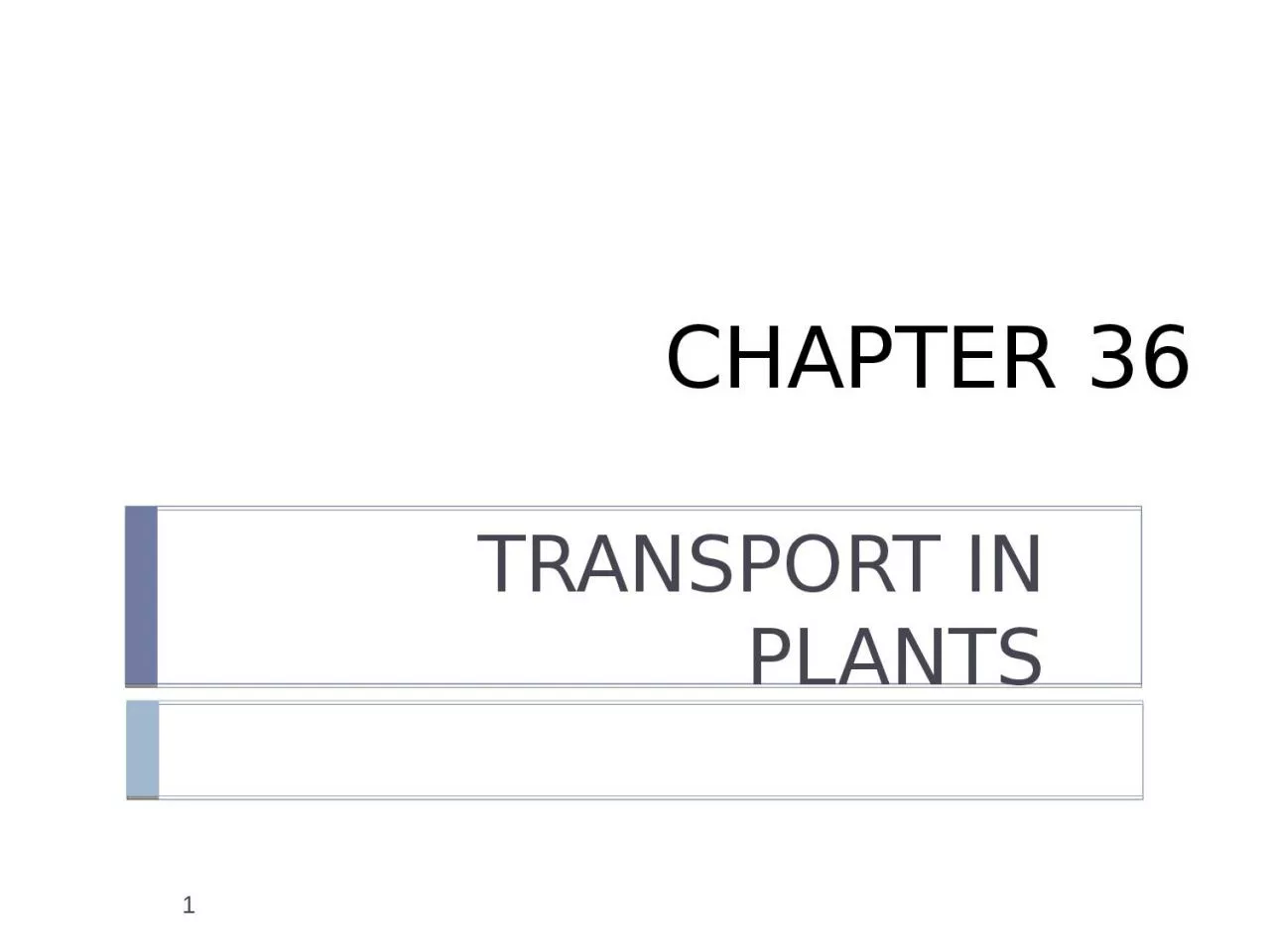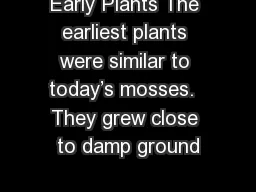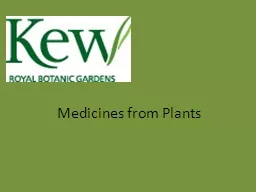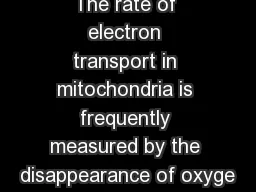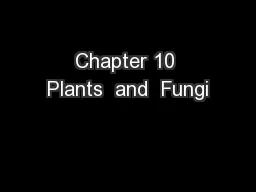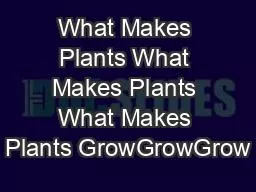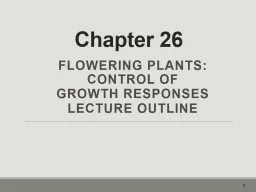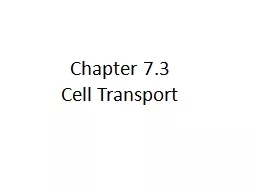PPT-CHAPTER 36 TRANSPORT IN PLANTS
Author : SmilingSunshine | Published Date : 2022-08-02
1 Overview of Transport in a Vascular Plant 2 TERMS TO BE REVIEWED 1 passive transport 10 chemiosmosis 2 transport proteins 11 proton pump 3 active transport 12
Presentation Embed Code
Download Presentation
Download Presentation The PPT/PDF document "CHAPTER 36 TRANSPORT IN PLANTS" is the property of its rightful owner. Permission is granted to download and print the materials on this website for personal, non-commercial use only, and to display it on your personal computer provided you do not modify the materials and that you retain all copyright notices contained in the materials. By downloading content from our website, you accept the terms of this agreement.
CHAPTER 36 TRANSPORT IN PLANTS: Transcript
Download Rules Of Document
"CHAPTER 36 TRANSPORT IN PLANTS"The content belongs to its owner. You may download and print it for personal use, without modification, and keep all copyright notices. By downloading, you agree to these terms.
Related Documents

